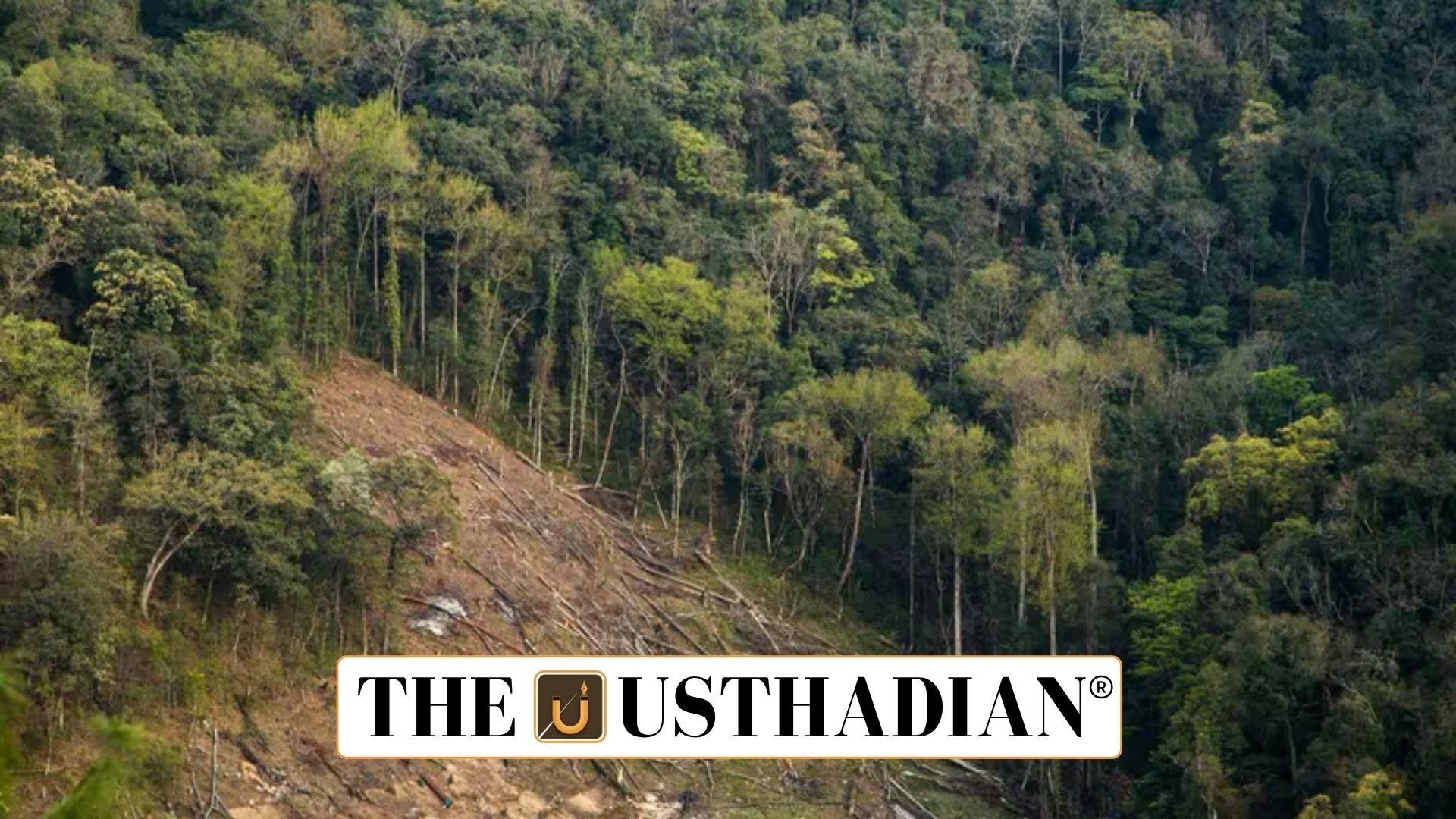Forest Cover and Asset Growth
India Achieves Milestone in Forest Environmental Accounting: India’s forest cover increased by 17,444.61 sq. km between 2010–11 and 2021–22, reaching 7.15 lakh sq. km, which is 21.76% of total land area. Kerala recorded the highest rise at +4,137 sq. km, followed by Karnataka (+3,122 sq. km) and Tamil Nadu (+2,606 sq. km).
Static GK fact: India has 18.7% of the world’s population but only 2.4% of its land forested under dense forest category.
Forest Extent Adjustments
Between 2013 and 2023, the net forest area increased by 3,356 sq. km, mainly due to reclassification and boundary updates rather than fresh afforestation. Uttarakhand saw the highest Recorded Forest Area gain at +6.3%, followed by Odisha (+1.97%) and Jharkhand (+1.9%). Improved mapping and data collection have been key drivers.
Condition and Growing Stock
The growing stock of usable wood rose by 305.53 million cubic meters, a 7.32% increase between 2013 and 2023. Leading contributors include Madhya Pradesh (136 million cum), Chhattisgarh (51 million cum), Telangana (28 million cum), and Andaman & Nicobar Islands (77 million cum). This reflects sustainable forest management and improved biomass productivity.
Static GK Tip: Growing stock indicates forest health and potential timber yield.
State-Level Trends and Research Insights
Volume II of the report highlights decadal state-specific trends in forest assets, ecosystem condition, and contributions to both provisioning and regulating services. Literature reviews and valuation models aid in integrating forests into state GDP calculations. This improves decision-making for both conservation and economic planning.
Provisioning Services Value
Provisioning services like timber, medicinal plants, fruits, and bamboo rose from ₹30,720 crore in 2011–12 to ₹37,930 crore in 2021–22 (0.16% of GDP). Maharashtra contributed ₹23,780 crore, Gujarat ₹14,150 crore, and Kerala ₹8,550 crore. These figures show the economic importance of sustainable forest-based livelihoods and industries.
Regulating Services and Carbon Retention
Forests’ carbon retention value increased by 51.82%, reaching ₹620,970 crore (2.63% of GDP) in 2021–22. Arunachal Pradesh leads with ₹296,000 crore, followed by Uttarakhand (₹156,600 crore) and Assam (₹129,960 crore). This demonstrates forests’ key role in climate regulation, carbon sequestration, and supporting India’s Paris Agreement commitments.
Static GK fact: India aims for net-zero emissions by 2070.
Data and Methodology
The report uses integrated data from ISFR, Forestry Statistics 2021, National Accounts, SEEA standards, and the NCAVES Project. QR-enabled Excel datasets allow policymakers, researchers, and students to access detailed forest data interactively.
Static Usthadian Current Affairs Table
India Achieves Milestone in Forest Environmental Accounting:
| Topic | India’s Forest Environmental Accounting 2025 |
| Released by | MoSPI during CoCSSO, Sept 25, 2025 |
| Framework Used | UN SEEA (System of Environmental Economic Accounts) |
| Forest Cover Increase | +17,444.61 sq. km (2010–11 to 2021–22) |
| Carbon Retention Value | ₹620.97k crore (2.63% of GDP in 2021–22) |
| Growing Stock Rise | +305.53 million cum (2013–2023) |
| Provisioning Services Value | ₹37.93k crore (2021–22) |
| Leading States in Forest Growth | Kerala, Karnataka, Tamil Nadu, Madhya Pradesh, Chhattisgarh |








